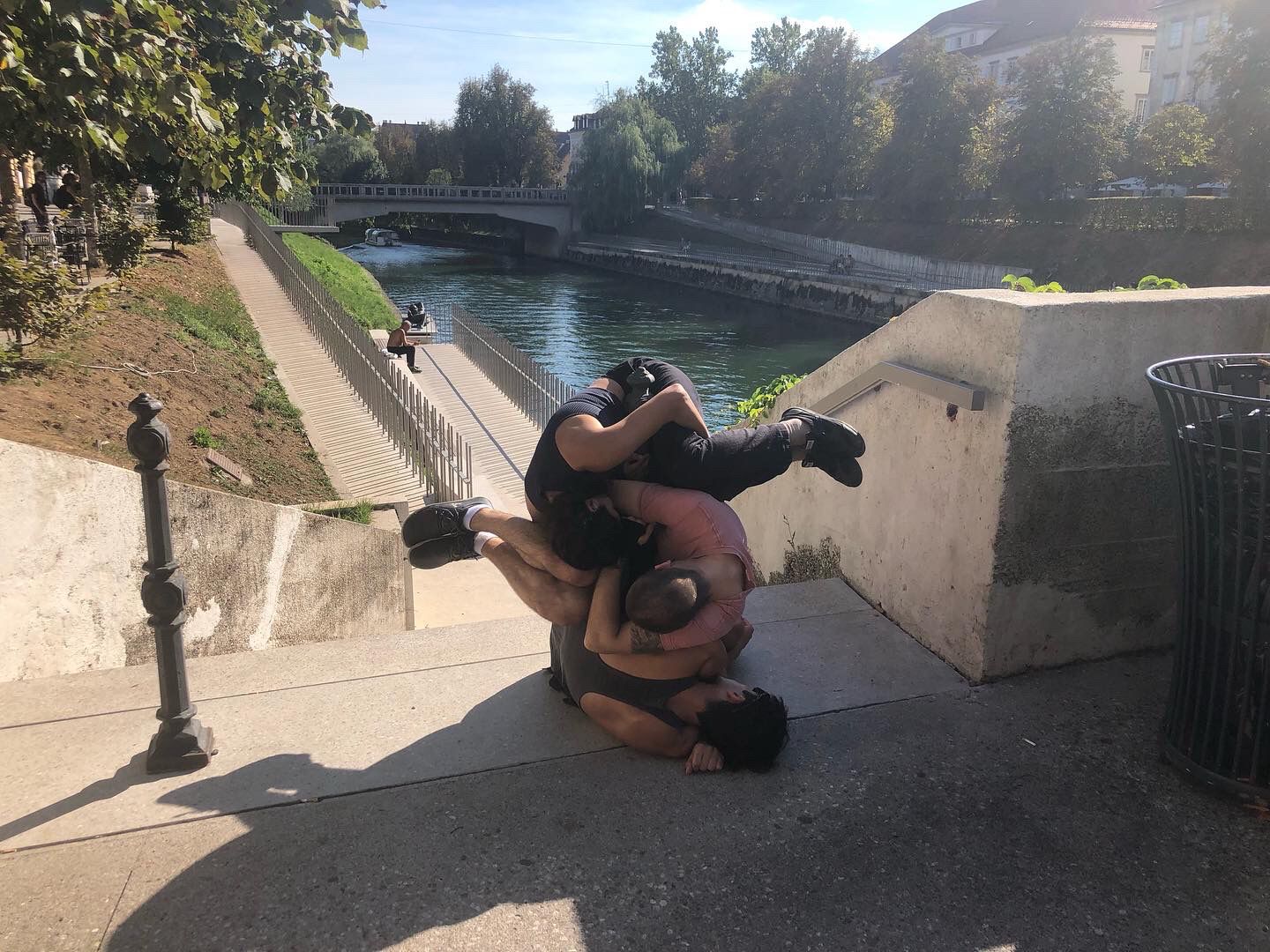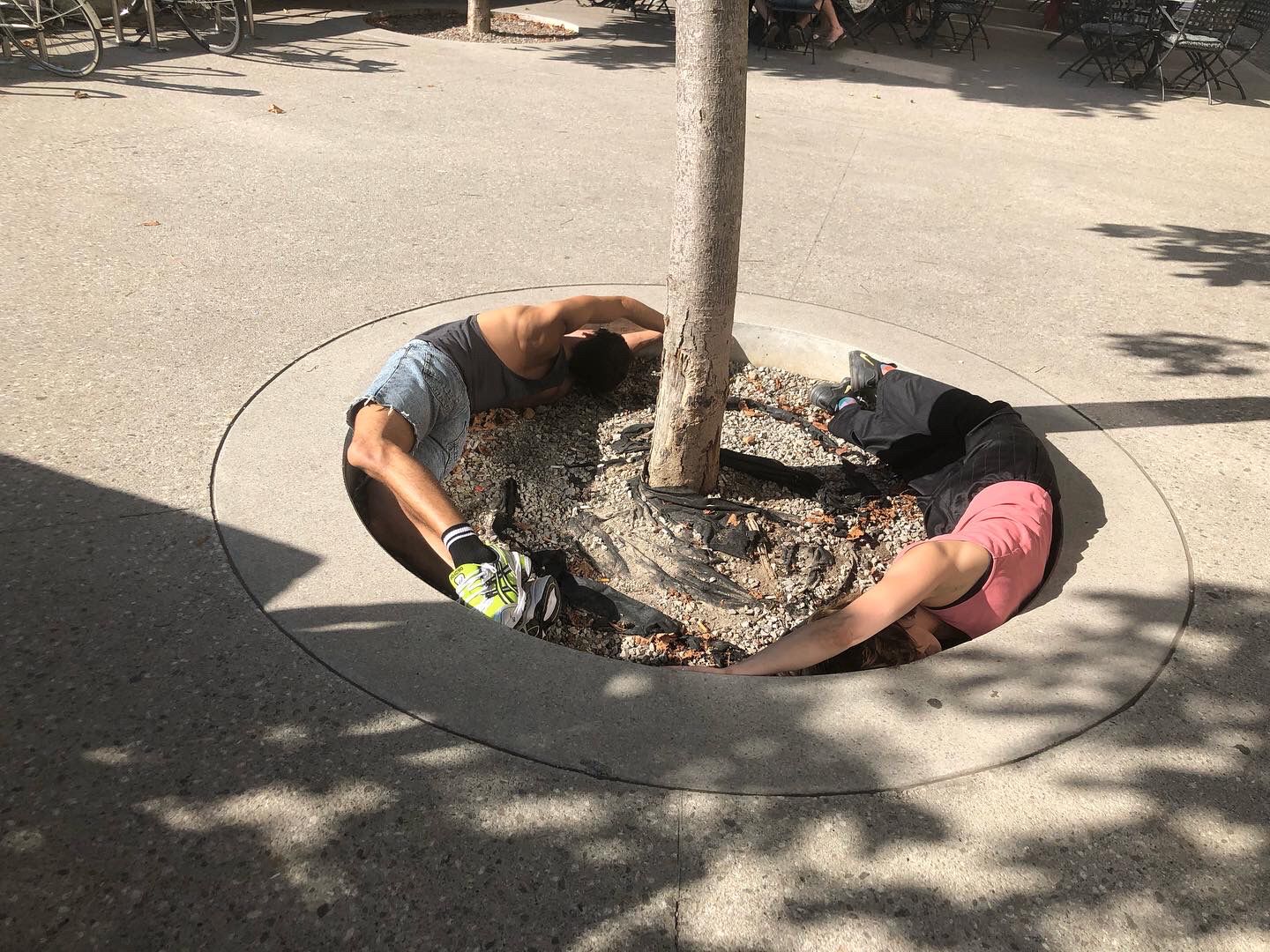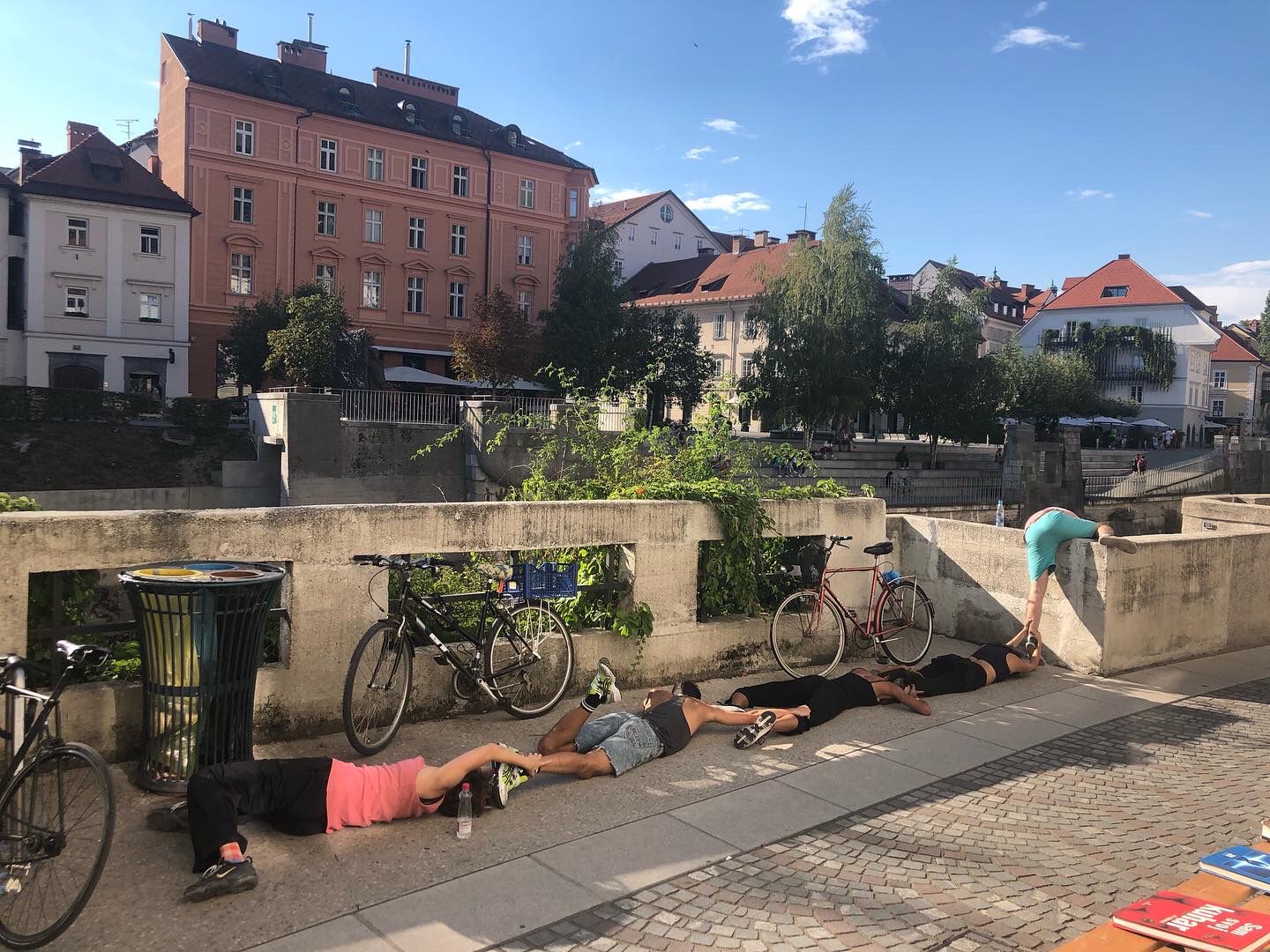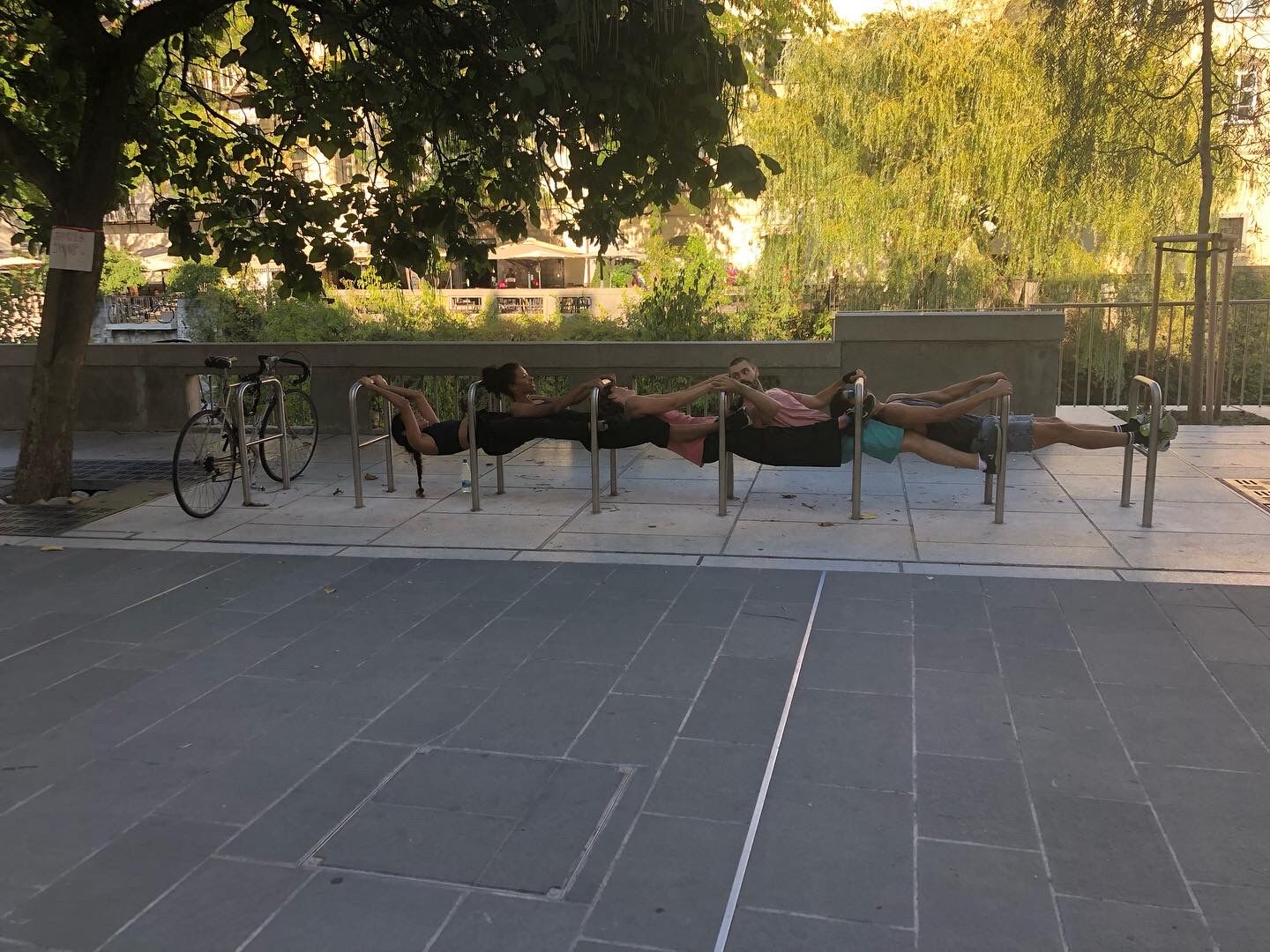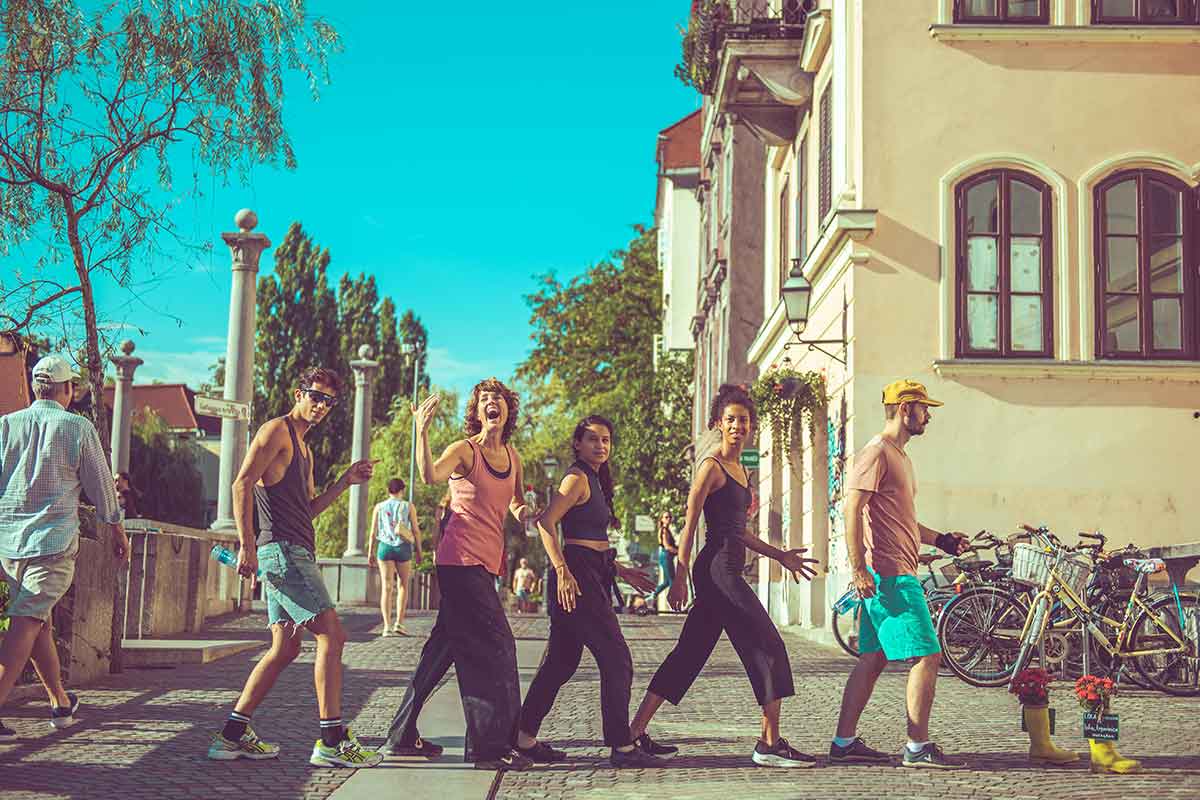
Rail2Dance

Mobility Dance Project, co-funded by the Creative European Programme of the European Union
The international project Rail2Dance, which includes theater partners from Germany Die Theater Chemnitz, Slovenia PTL – Plesni Teater Ljubljana / Dance Theatre Ljubljana, Sweden Norrlandsoperan and Finland Tanssiteatteri MD, takes public space and the codes of behavior that define these spaces as its central theme. With the help of dance movements, collective choreographies, dance pictures and games, the dancers of the project change and transform the codified rules of behavior determined for a certain space. The creators of the project are interested in places of passage and movement, such as railway stations, city squares and streets, and public transport. With dance interventions in public space, they not only reflect everyday practices in public spaces, but also question the meaning of community, which is increasingly disappearing in the modern world. The dance step sheds light on the taken-for-grantedness of everyday life and pre-set rules, which require specific movement and behavior for each space, and sheds light on our alienated environment, in which we still too often just walk past each other. With collective pop-up dance choreographies that suddenly emerge in public places, we can connect, at least for a moment, in a potentially different world, where we can dismantle social codes of behavior and create new rules. By spreading dance from theater to public space, the wall that can often be created by closed-in artistic creation is also broken down. Movements that merely transform spaces and the bodies in them are capable of bridging social differences, even if it’s just a moment of holding hands together, singing at the train station or lying down in the main square. In this way, the project seeks and educates a new audience for contemporary dance, which in the future might also enter theater halls.
The ideas, which were developed in Ljubljana with the help of mentors, will later branch out and be upgraded into individual and space-bound choreographic projects of all participants. The project will end in May 2023, when a group of dancers will dance their way from Tampere (Finland), and will pass Vaasa (Finland), Umea and Malmö (Sweden), go via Chemnitz (Germany), and will end the journey in Slovenia, first in Maribor and then in Ljubljana.
About Artists
MENTOR
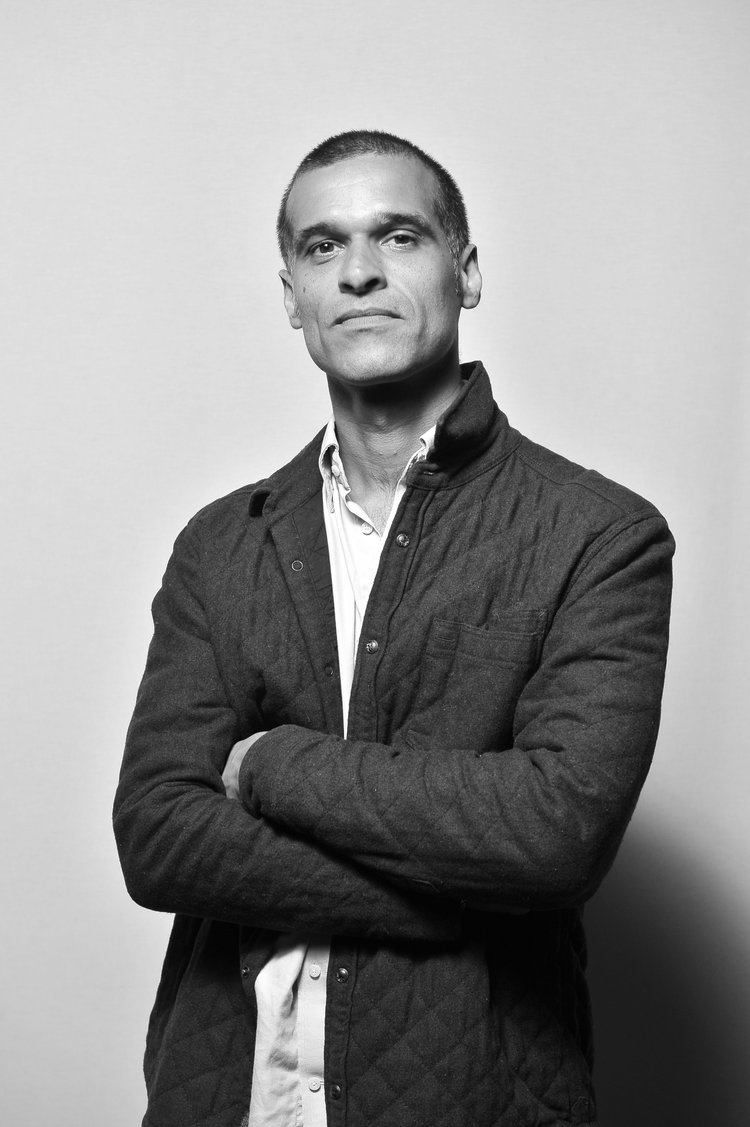
ANTHONY MISSEN
My name is Anthony Missen, I am from Manchester, England. I have danced since I was 14 years old, really in secret at the beginning because it wasn’t something to do as a boy where I grew up. I started dancing professionally around about 23 years ago. So I worked with different companies and then I created my own dance company in Manchester. Now we have the international dance company Chameleon. We make a mix of works for theaters, for outdoor context, in prisons, museums, galleries and libraries. And we do a lot of participatory work, we work with kids, adults, young people, older people, in mental health secure units, we basically dance wherever can be useful. My interest is the positive impact that dance can have on people’s lives. It is all about well-being for me. There are so many things about it that can be so valuable for people. It helps to reveal the stories, or deal with emotion or just to have some physical trigger to get inside the bodies. I think it is like a good gateway to express and kind work and use stuff. So we use loads of different ways.
CORE ARTISTS
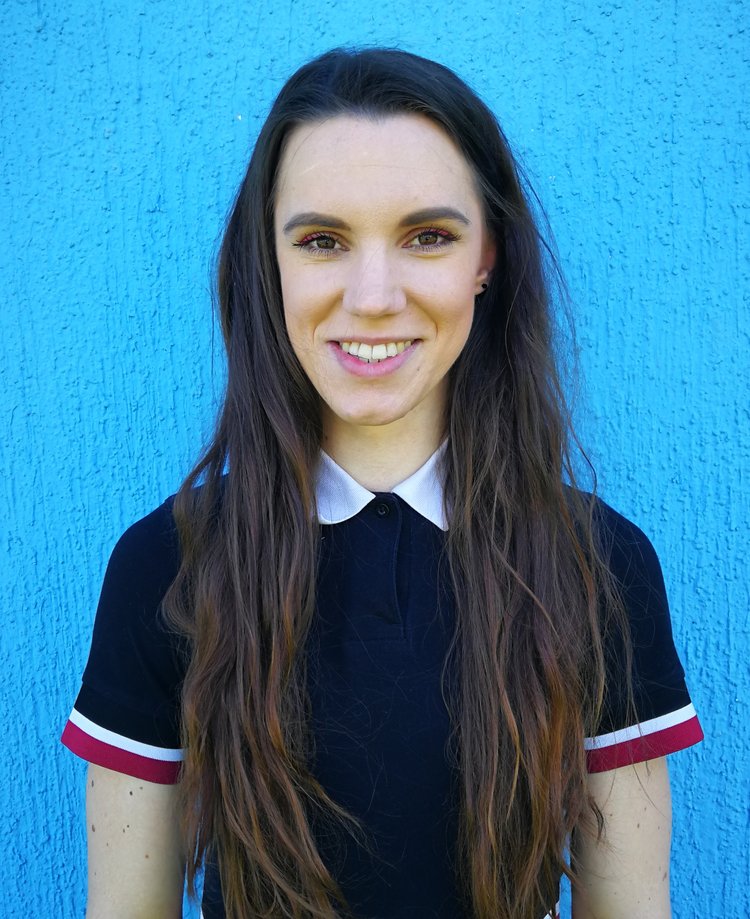
ALJA LACKOVIĆ
My name is Alja. I am 27 years old and I have been dancing for quite a long time. Recently I am also dealing with what dance is, what is performance, how can I use my body not just as a moving tool but also with voice. And I am also interested in how to get a new audience that would watch contemporary dance.
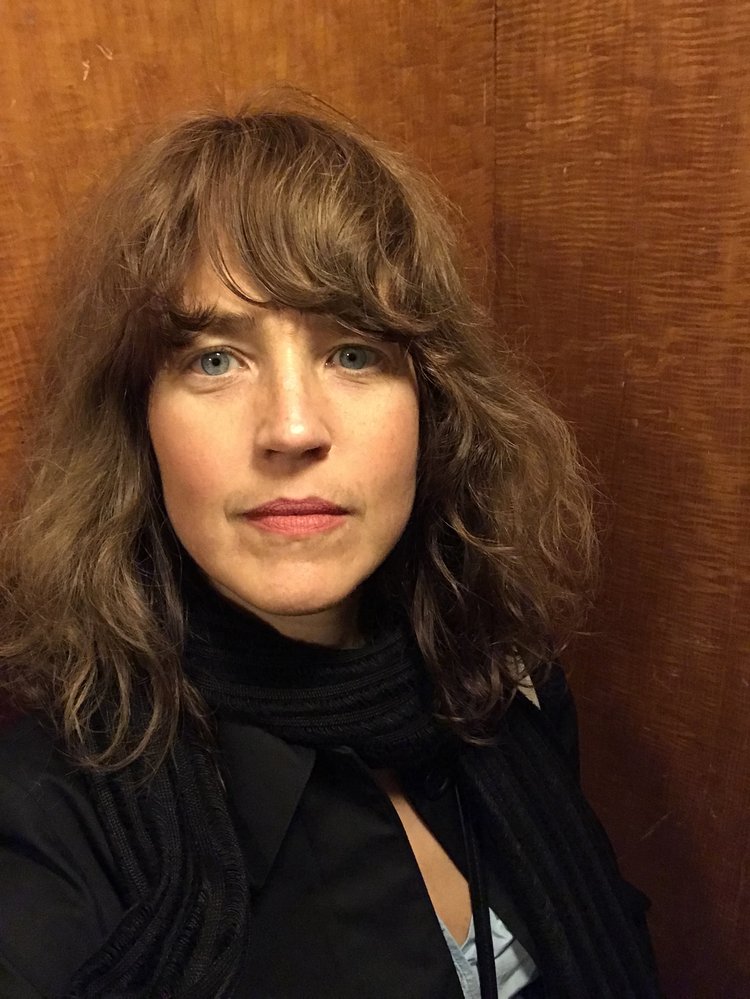
ANNA PEHRSSON
I’m Anna, I am Swedish and I have been in the dance field for 25 years. Both in companies and as freelance dancer. Since 2016 I have also done my own work but I continue to dance for others as well. I also have a production of visual arts and interesting writings.
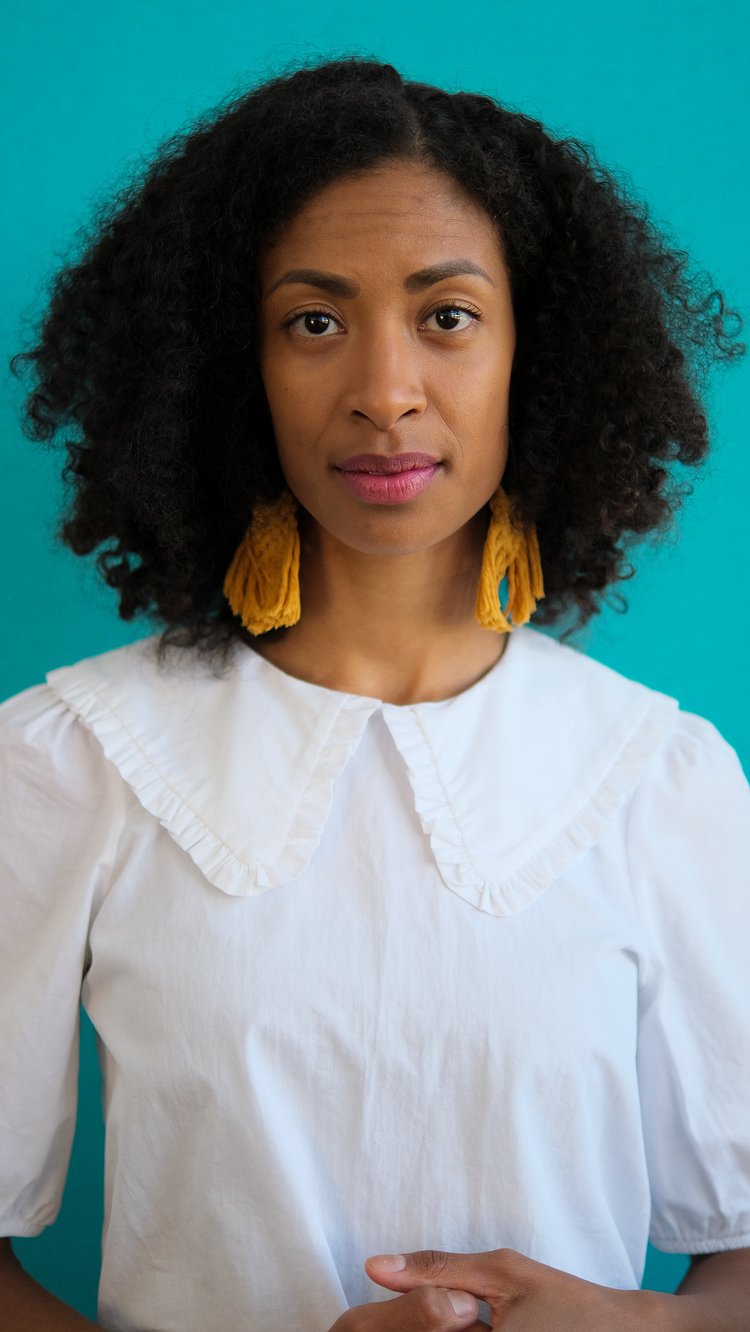
LAURA CHAMBERS
My name is Laura Chambers, I am from Finland. I’ve danced for my whole life, as an amateur I was involved in many different types of projects, all kinds of performance, whether in theater or in public. As a professional I feel like I am still kind at the beginning of my career.
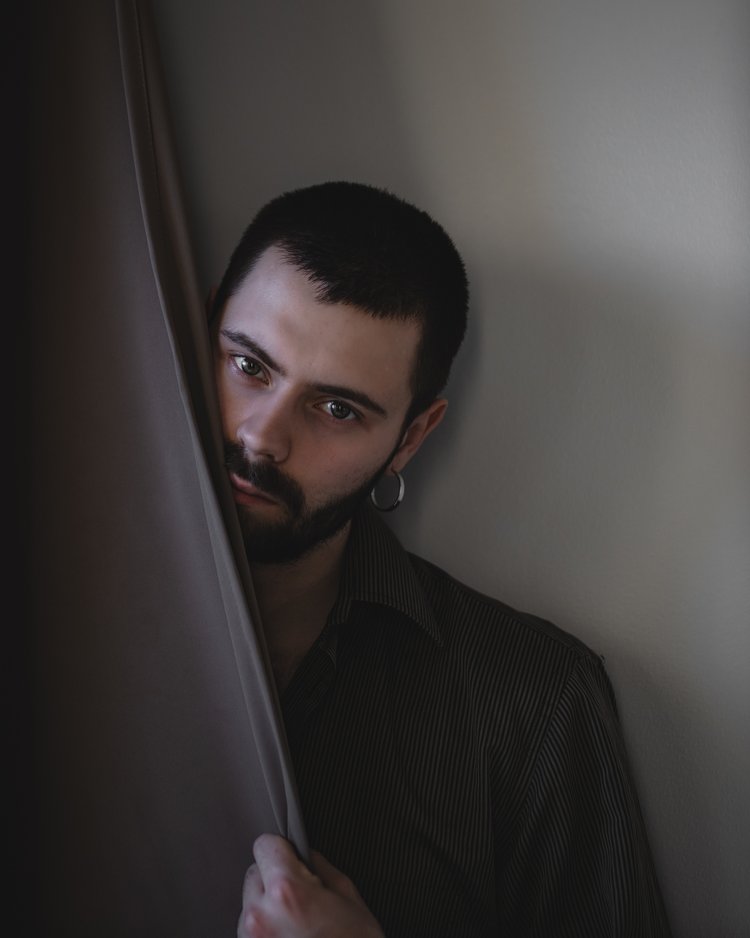
PATRIK RIIPINEN
I am from Finland, I’ve been dancing for around 19 years. It changes a lot about what I am interested in, depending on the year. Now I am interested in the musicality and personality of the movement. I do quite physical stuff myself, like physical attributes and physical movements as a dancer. I am interested in how people can use their body skillfully and physically and what is possible as a human physic. When you do enough training, what is possible to achieve? I am really busy with this kind of thing to teach and also for my own practice to find a way to advance as a physicality wise and also as a body mind connections.
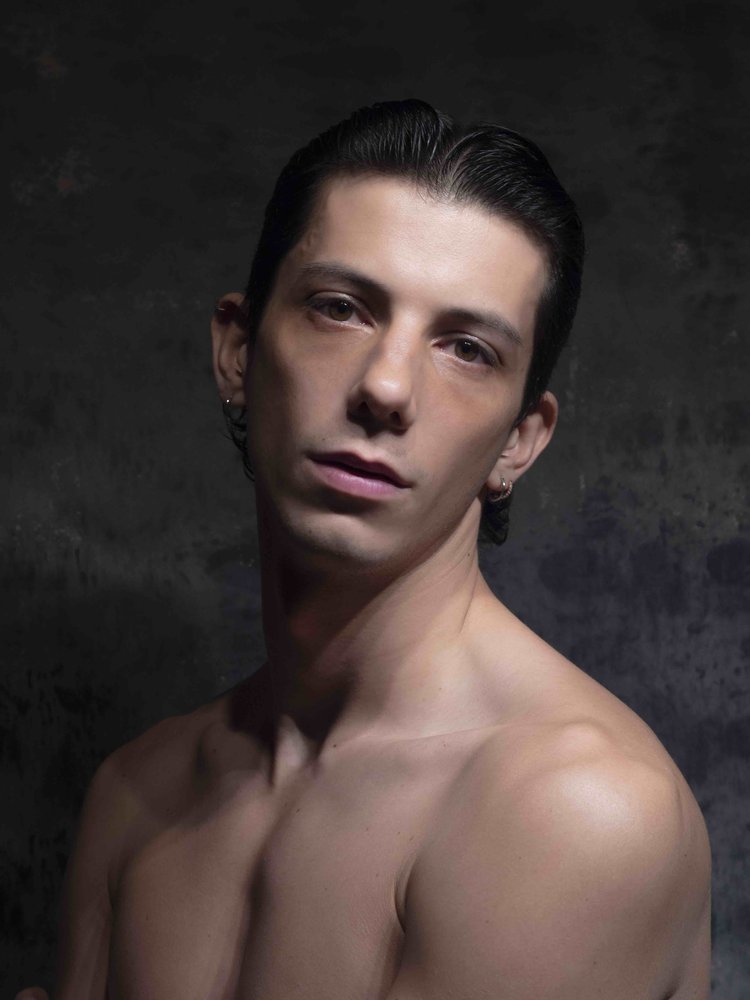
SASCHA PAAR
My name is Sascha, I am an Austrian dancer, I work currently in a theater and opera house in Chemnitz. I would consider myself really as a person who is interested in different aspects of creating choreography. I am coming from a part of dance, which is very physical and dance based. There is no time to think about the process or give emphasis on the process but more about the results. I try to find out what I am as an artist. In the theater I just get information. But I also want to experience being a person that is more involved in the process.
EXPERTS
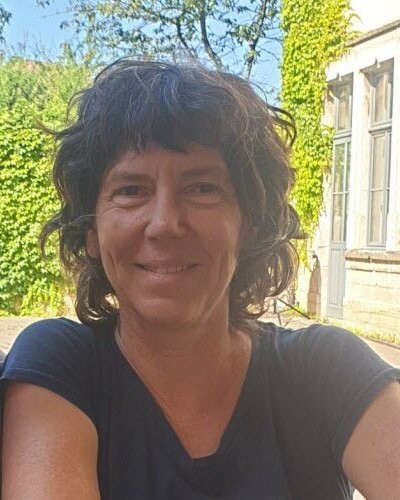
ANNE LE BATARD
Anne Le Batard founded Ex Nihilo in 1994 after her career as a dancer in Brussels and Marseille. She is particularly concerned with the relationship between dancers and dance to space as well as to the auditorium. By exploring public space, she has developed her very own signature. In cooperation she already developed more than 15 projects for Ex Nihilo. The concern of the group is, on the one hand, to connect the public and art and, on the other hand, to allow new elements of art to flow into dance. The company is particularly dedicated to long-term projects, which it shares with the respective audience through workshops, courses and encounters. Since 2017, Cie. Ex Nihilo a key partner of the LA CITÉ DES ARTS DE LA RUE project, a place of creation and experimentation with 36,000 m² of space dedicated to street arts in Marseille.
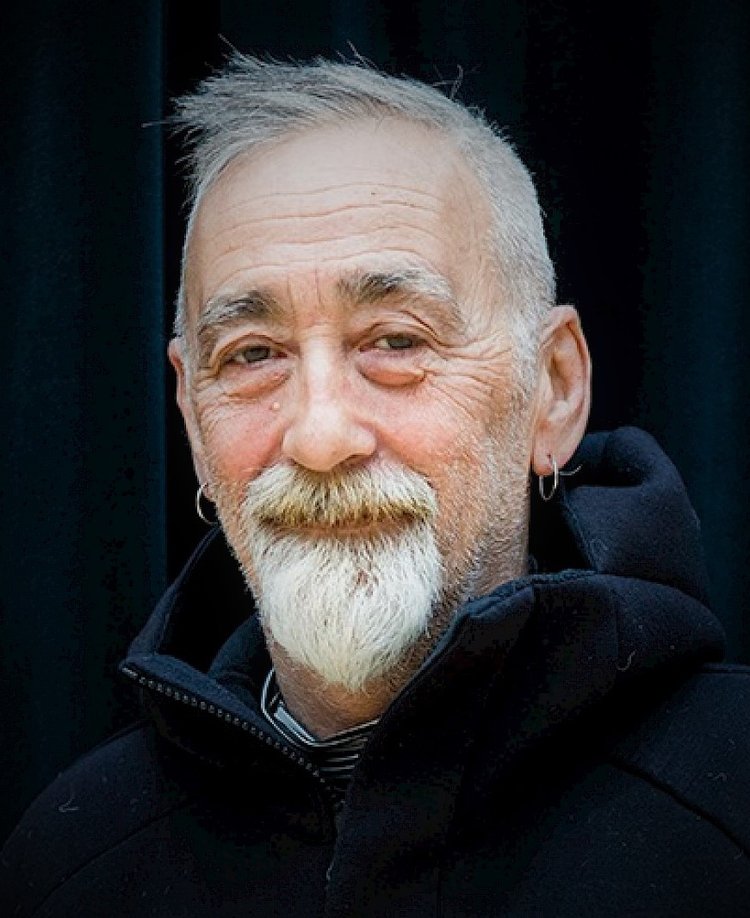
BUSH HARTSHORN
I’ve just recently retired from working within institutions. I was artistic director, director of three or four dance and theater institutions since 1990 in England, Belgian and Holland. Throughout all this time between 2010 and 2011, I qualified as a coach. I use a lot of coaching ethnic in the work I do with artists. I was always working with artists along the way but most of my time and energy, effort was into curating the program, managing the stuff, managing the building or that kind of thing. Before 1999 I was a performer and theater maker. Since I retired, I have delivered workshops called giving and receiving feedback. I work as a coach and mentor for individual artists. I came here to give a workshop and some tools that dancers may use while they are doing site-specific tools.
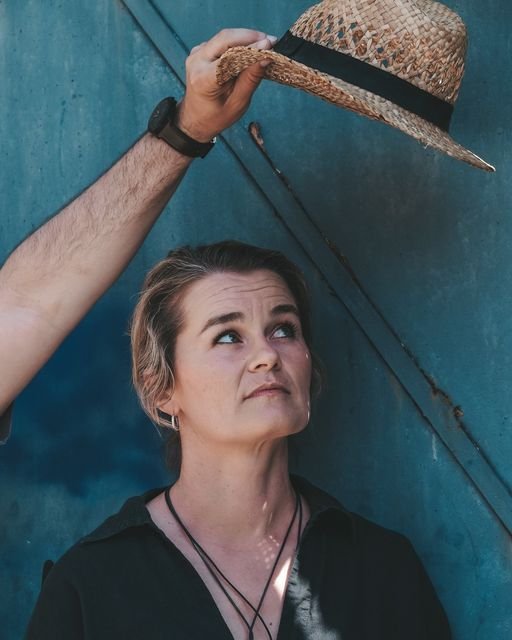
VITA OSOJNIK
I’ve just recently retired from working within institutions. I was artistic director, director of three or four dance and theater institutions since 1990 in England, Belgian and Holland. Throughout all this time between 2010 and 2011, I qualified as a coach. I use a lot of coaching ethnic in the work I do with artists. I was always working with artists along the way but most of my time and energy, effort was into curating the program, managing the stuff, managing the building or that kind of thing. Before 1999 I was a performer and theater maker. Since I retired, I have delivered workshops called giving and receiving feedback. I work as a coach and mentor for individual artists. I came here to give a workshop and some tools that dancers may use while they are doing site-specific tools.
TOURLEADER
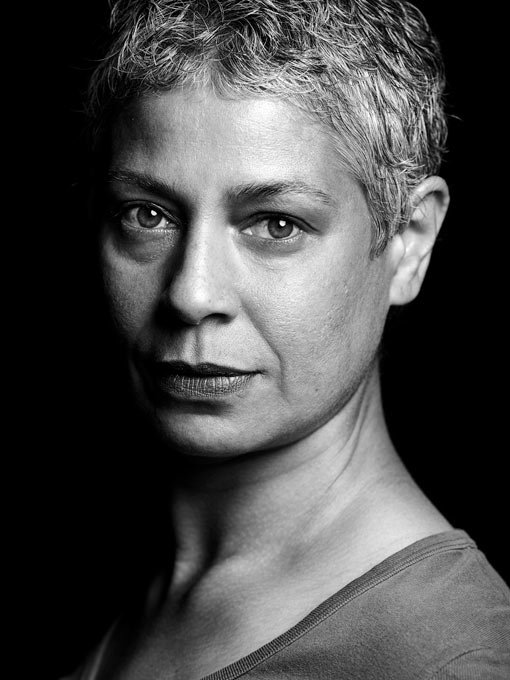
MARIA NAIDU
I’My name is Maria Naidu, I am a Swedish dancer and I live in the South of Sweden in the city called Malmö. It is the third largest city in Sweden. It is a border city, you could say, even though there is water between Denmark, which is the neighboring country, and us. However, it also affects the city. It is traditionally a working city or industrial city but it has changed in the last 20 years. We have university now, so it is interesting how the population has changed, it has of course changed the feeling of the city. But it is still one of the most culturally diverse city in Sweden. I think about 85 percent of the world’s languages are spoken in Malmö. I talk about this because this is part of the reasons why I chose to live in Malmö. And for me it is the only Swedish city that I can live in because of that cultural diversity. I decided to become a dancer when I was six years old and before that I’ve taken some kids dance classes but I decided then, when I was six years old, that I was going to become a dancer. I did not actually take dance class until I was 12, then I took it regularly. I started with education when I was 16 years old. the process.naging the building or that kind of thing. Before 1999 I was a performer and theater maker. Since I retired, I have delivered workshops called giving and receiving feedback. I work as a coach and mentor for individual artists. I came here to give a workshop and some tools that dancers may use while they are doing site-specific tools.
Kick Off Residency in Ljubljana 2022
The kick off meeting of the international dance project Rail2Dance began on September 4 in Plesni Teater Ljubljana, where the dancers, under the mentorship of Anthony Missen, began to get to know each other, collaborate and create. First, the creators considered what public space means to them, how to interfere with it with the body and how the everyday, routine movement changes, if our path crosses a dancing body.
The mix of conceptual design and fun interventions in the public space created an extraordinary atmosphere both among the group and among random individuals passing by. Dancers joined their bodies with public architectural plastic, played basketball with corks, lay on the floor of Prešeren Square, stood and held hands on Čopova Street. Later, they also danced on the train from Ljubljana to Kamnik and back, they got on the bus and created dance pictures at the train station. They were interested in spaces of passage and movement, they explored the public space of Ljubljana, began to change it and illuminate its invisible corners. In addition to practical dance interventions in urban architecture, each of them simultaneously developed their own dance method, reflected on their city and compared it to the creation in Ljubljana.
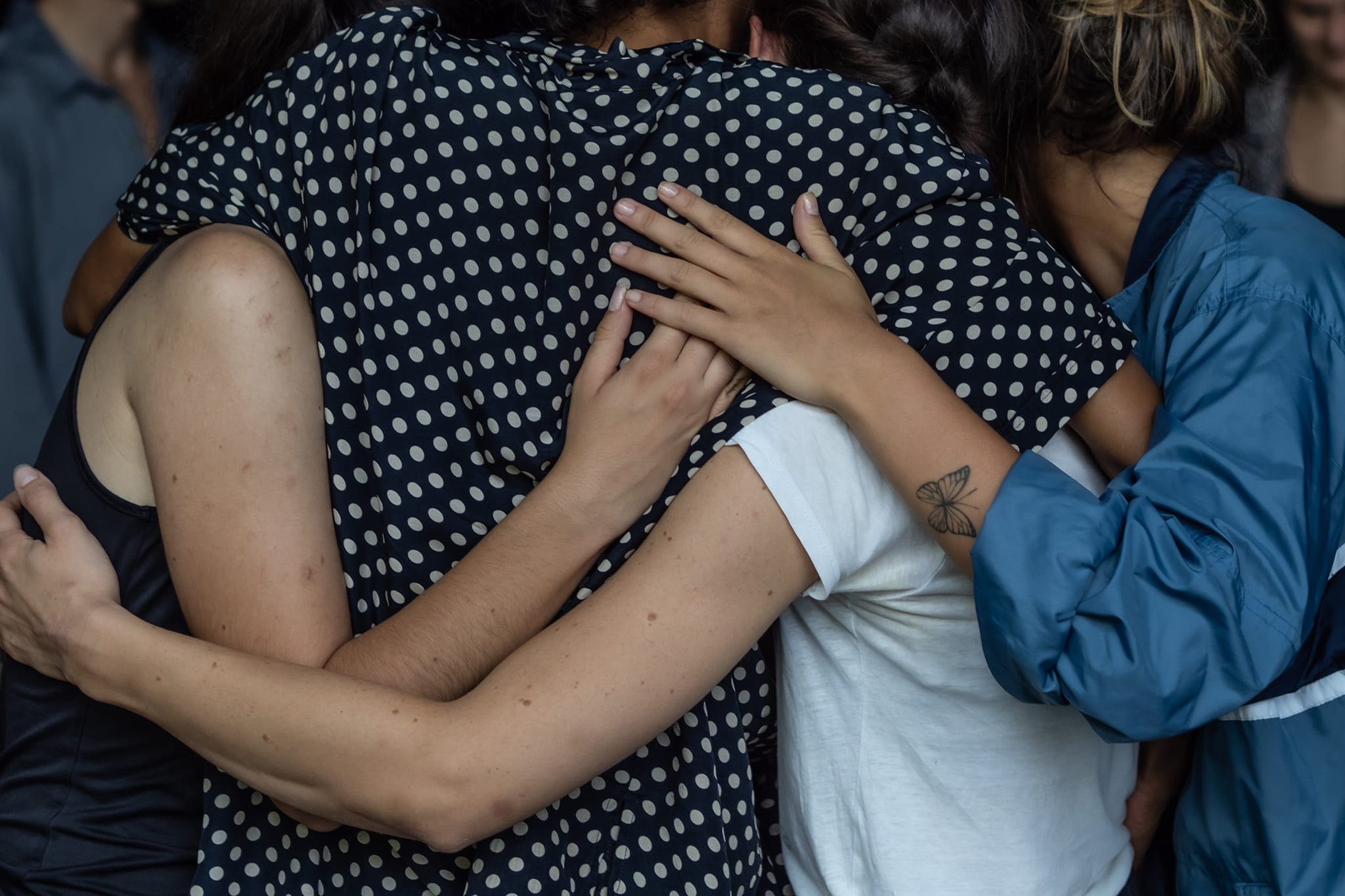
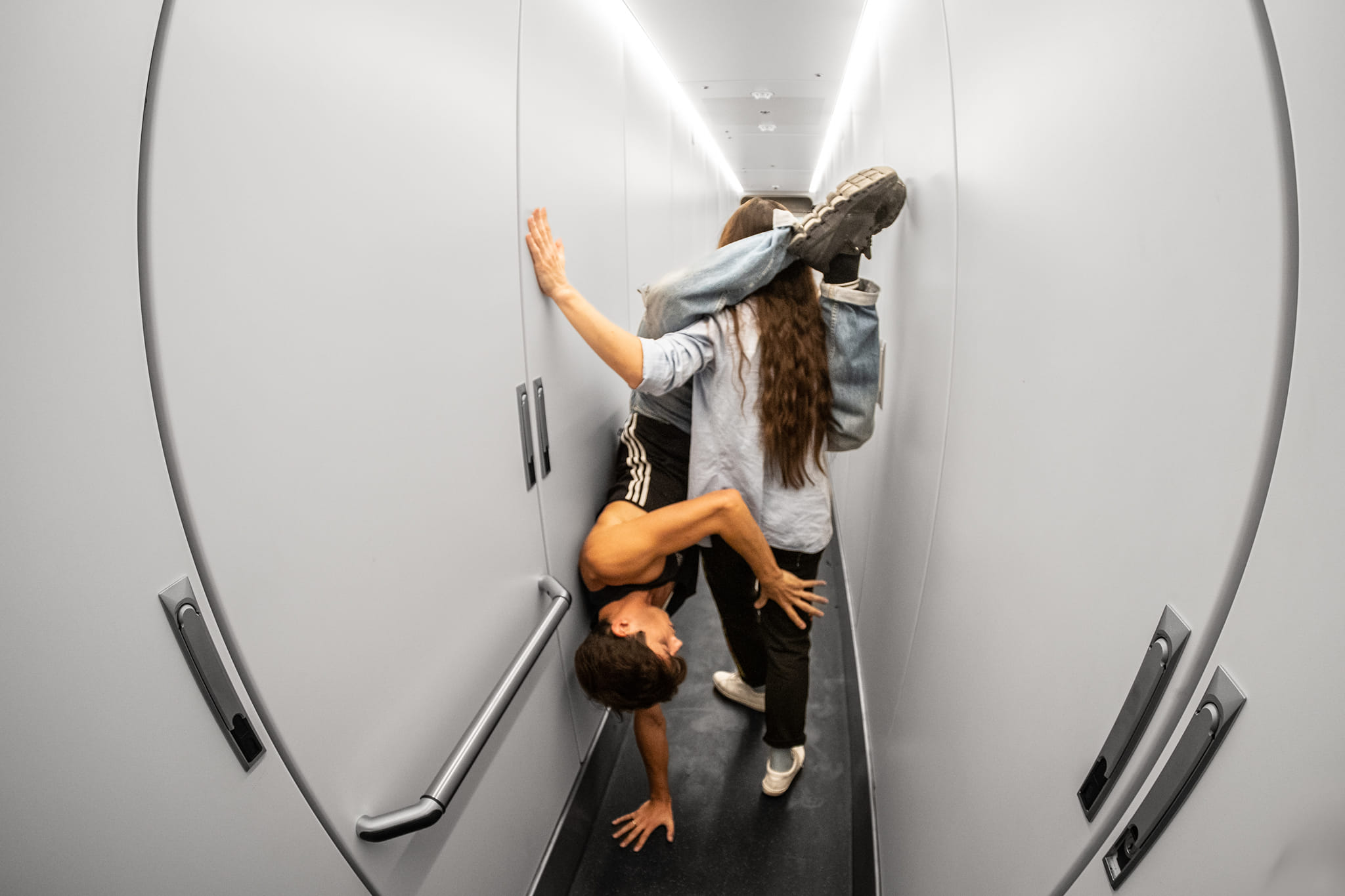
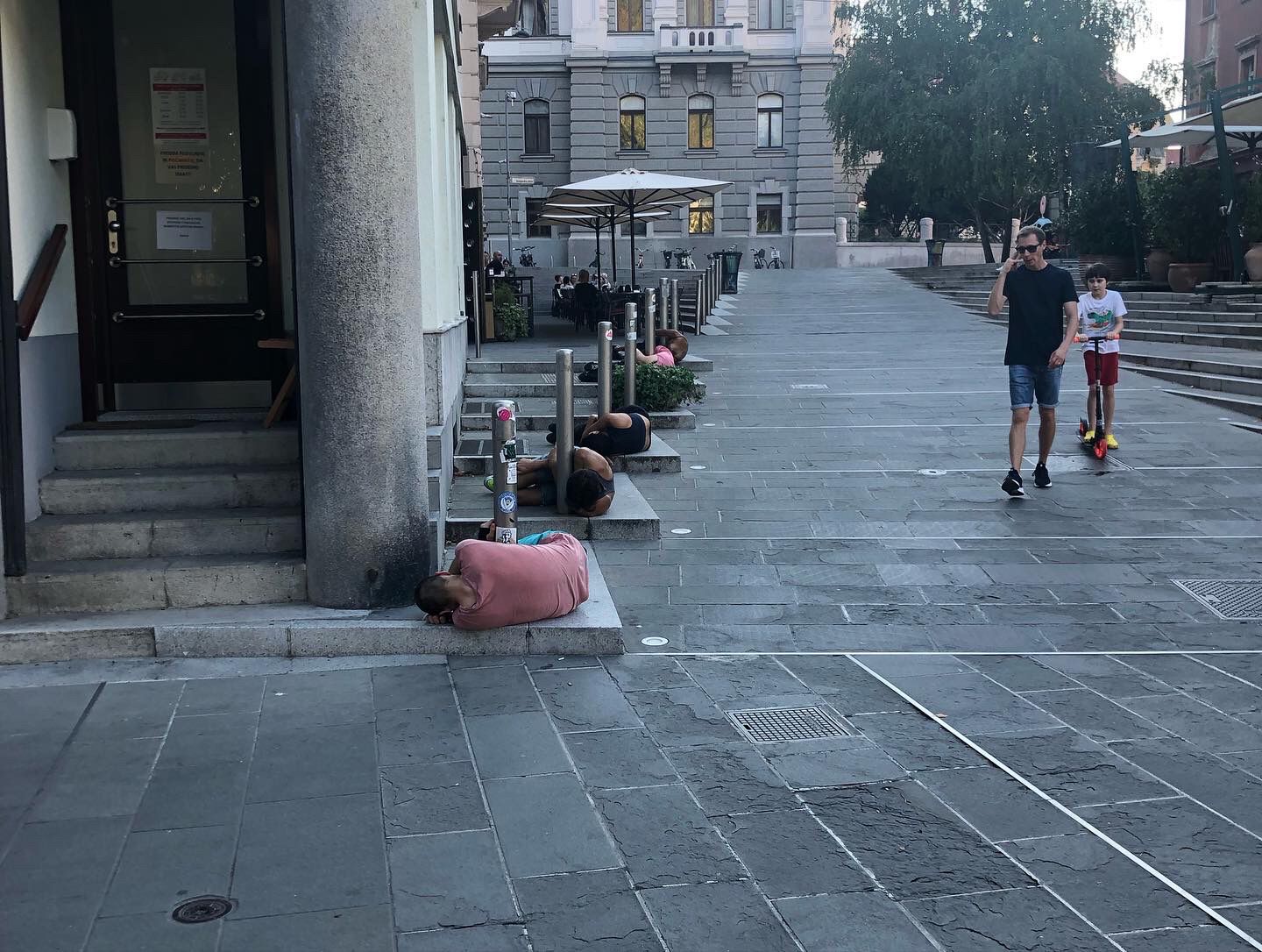
Youtube

